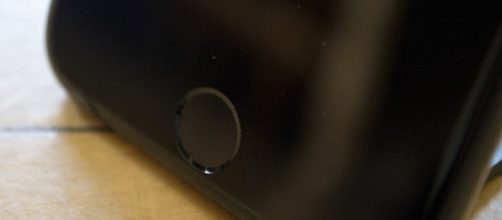Apple is busy working on the iPhone 8, one that could come out later this year. The talk of the town is the shift to an OLED screen display, bidding adieu to the iconic TFT-LCD niche.
Take note, the iPhone 8 is the only one reportedly coming out with an Oled Display. The other two (believed to be the iPhone 7s/ 7s Plus) will still continue to use the TFT-LCD screen. The availability of the OLED display is believed to be one of the reasons. However, the decision to address the 3D Touch fingerprint sensor could be another.
Where will the Touch ID be placed?
With the OLED display for the iPhone 8 imminent, the conflict right now is where to situate it. Apple could follow the lead of Samsung and place it on the rear though it needs to make sure that such does not obstruct the main camera.
Placing it up front could still be possible. But with the iPhone 8 sporting a new bezel-less display, the need for some new technology to keep the feature up front may be needed. If so, the next thing to be asked is if Apple has the luxury of time.
Critics beg to differ, believing that Apple would need to delay the release of the iPhone 8 to make it happen. But the delay period could be just a month or two, with the iPhone 7s and 7s Plus buying the redesigned flagship some time.
Copy Samsung to deliver as scheduled
Apple has seen its products copied (in a sense) time and again. CEO Tim Cook could opt to follow that route with some minor changes. In all, this is with reference to relocating the fingerprint sensor to the back portion of the iPhone 8.
If Apple stands firm and keeps its phone design intact, the worst case is seeing no fingerprint sensing feature for the iPhone 8. From the theories coming out, this could be the last resort if Apple wants to stick to its release date schedule.
Lucky for Apple, there is still time to come up with alternative solutions. Ditching the fingerprint sensing module will draw criticism, seeing how it is the advanced biometric solution being used on most smartphones in the market to date.
Apple needs to do everything in its power to make sure the redesigned iPhone will stand out and create an impact. The new features such as the OLED display screen and the dual camera setup should be something to look forward to. However, eliminating some of the common features (i.e. fingerprint sensing security) may hold dire consequences. Right now, the last thing that Apple may want is giving rival brands an advantage over them in the mobile phone segment.

